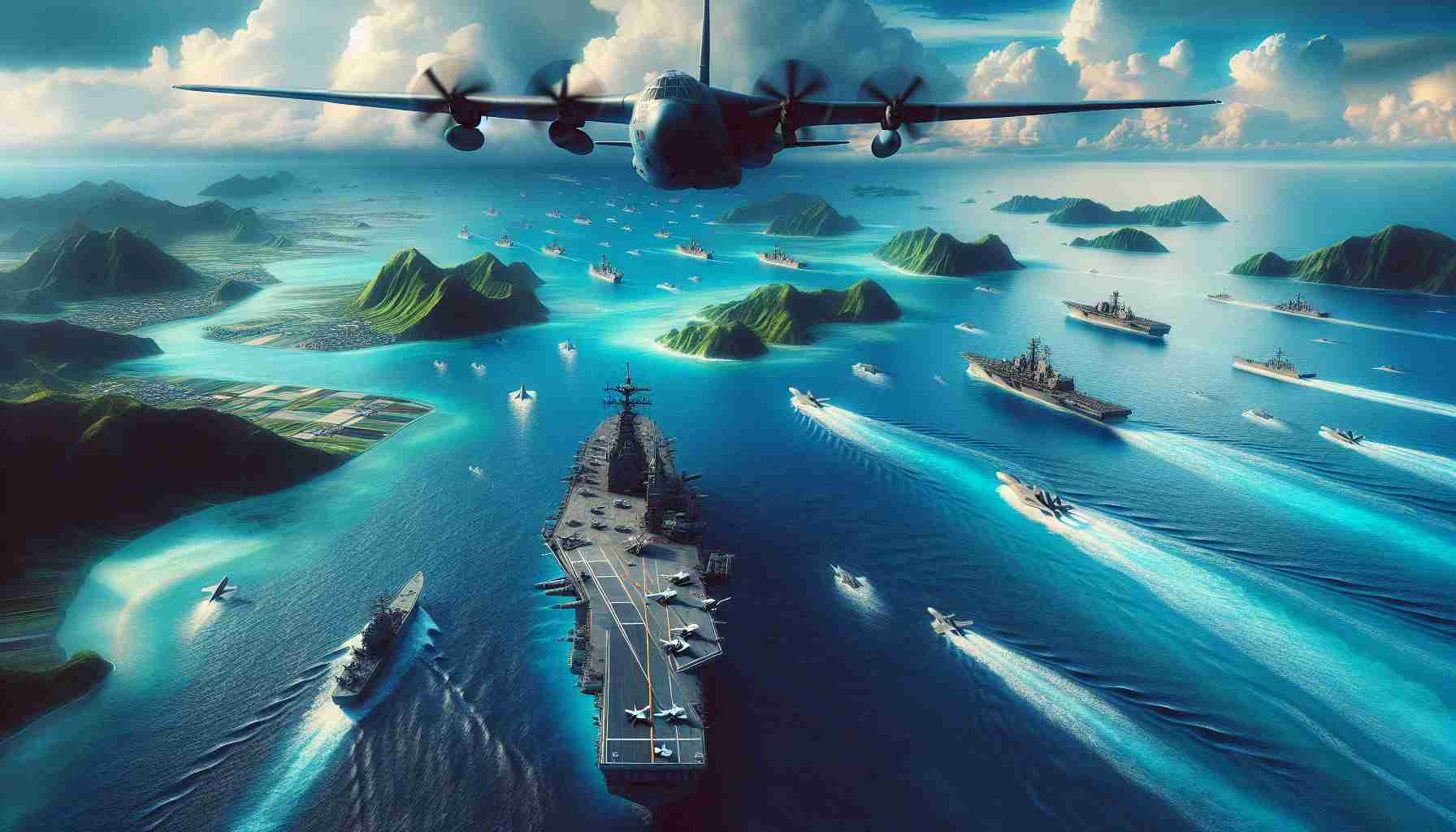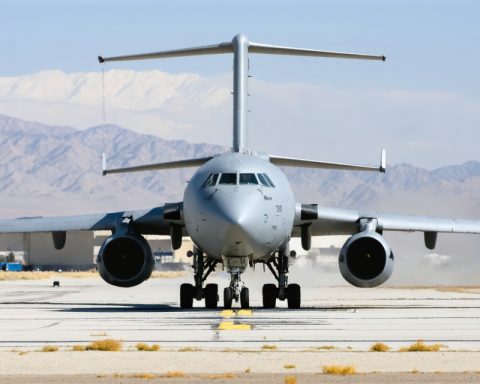Taiwan on High Alert Amid Rise in Chinese Military Presence
Taiwan’s Ministry of National Defense has reported an escalation in Chinese military activities around the island. As of 6 am (UTC+8) on Sunday, a total of nine Chinese aircraft and six naval vessels were detected operating in close proximity to Taiwan.
Among these, four aircraft crossed the median line, entering Taiwan’s southwestern and eastern Air Defense Identification Zone (ADIZ). The Ministry stated that they are closely monitoring the situation and will respond as necessary. Just the day before, the Taiwanese defense authorities had identified 17 PLA aircraft and six naval vessels, with thirteen aircraft violating the median line.
In recent months, Chinese military capabilities have advanced significantly, especially in preparations for potential amphibious assaults. Noteworthy developments include the launch of a massive landing helicopter assault ship and the production of floating bridge docks designed for rapid beach landings. These advancements underline China’s increasing military readiness regarding Taiwan.
The Taiwan-China conflict stems from a complex historical backdrop. Taiwan operates as a self-governing entity known formally as the Republic of China (ROC), despite China’s claims to the island. Beijing views Taiwan as a breakaway province and has long pushed for reunification under its “One China” policy. The unresolved status of Taiwan continues to fuel rising tensions, both politically and militarily.
Implications of Increased Chinese Military Presence Around Taiwan
The intensification of Chinese military maneuvers near Taiwan has profound implications not only for the immediate region but also for the global stage. As Taiwan remains on high alert, the increased assertiveness of China in this area could lead to a significant realignment of geopolitical power in East Asia. The potential for conflict could disrupt established alliances and encourage neighboring nations to reevaluate their own defense strategies.
With Taiwan being a critical hub in global supply chains, particularly in semiconductor manufacturing, any disruption could ripple throughout the global economy. The semiconductor industry, which manufactures critical components for everything from smartphones to military technology, is heavily concentrated in Taiwan. An escalation of tensions or military confrontation could swiftly lead to shortages, affecting markets worldwide and showcasing the vulnerabilities in global dependencies.
Furthermore, the likelihood of increased military engagement raises serious concerns regarding the environmental consequences of conflict. Military operations, especially in populated and ecologically sensitive areas, can lead to long-lasting damage to habitats and ecosystems, compounding the already dire challenges posed by climate change.
Looking forward, future trends suggest a potential arms race in the region, with neighboring countries like Japan and South Korea likely bolstering their military capabilities in response to China’s aggressive posture. The geopolitical landscape in East Asia is thus on the brink of transformation, as nations grapple with the urgent need for collective security in an increasingly precarious environment. The long-term significance of these developments cannot be understated; they may very well define the trajectory of international relations and security frameworks for decades to come.
China’s Military Escalation: What It Means for Taiwan and the Region
Rising Tensions in Taiwan’s Waters
Taiwan is experiencing heightened military tensions as Chinese military activities intensify around the island. The situation escalated recently, with reports indicating that as of Sunday morning, Taiwanese defense authorities detected nine Chinese aircraft and six naval vessels engaging in operations near its territory. Notably, four aircraft crossed the median line into Taiwan’s Air Defense Identification Zone (ADIZ). This pattern of provocation has prompted Taiwan’s Ministry of National Defense to remain vigilant and prepared for a robust response as necessary.
Recent Military Movements
The presence of 17 PLA aircraft and six naval vessels was reported just a day prior, highlighting an increased frequency of incursions, with thirteen aircraft violating the median line. Such movements are becoming alarmingly common, leading to concerns over Taiwan’s security and the potential for miscalculations that could escalate into a larger conflict.
Technological Advancements in Military Capabilities
In tandem with these growing military activities, China’s military capabilities have significantly advanced. Recent developments include:
– The introduction of a massive landing helicopter assault ship, enhancing China’s amphibious assault capabilities.
– The production of floating bridge docks designed for swift beach landings, indicating a readiness for rapid deployments during potential conflict scenarios.
These enhancements demonstrate China’s strategic planning concerning Taiwan and signal a readiness to execute extensive military operations if necessary.
Historical Context of the Taiwan-China Conflict
The Taiwan-China conflict is deeply rooted in historical complexities. Taiwan operates as the self-governing Republic of China (ROC), while the People’s Republic of China (PRC) insists that Taiwan is a part of its territory under the “One China” principle. This unresolved dispute not only complicates diplomatic relations but also exacerbates military strategies and regional security dynamics.
Implications for Regional Stability
Increased military activity around Taiwan poses broader implications for regional stability in East Asia. The situation is further complicated by the interests of other major players, including the United States, which continues to support Taiwan through arms sales and diplomatic channels, reinforcing the island’s defenses against potential aggression from China.
Conclusion
As tensions continue to rise, it is crucial for observers to closely monitor the evolving military landscape in the Taiwan Strait. With China’s military assertiveness and Taiwan’s strategic responses being pivotal at this juncture, the situation remains delicate. The global community watches closely, as the repercussions of any escalation could resonate far beyond the region.
For more information on current events and regional analysis, visit Reuters.







